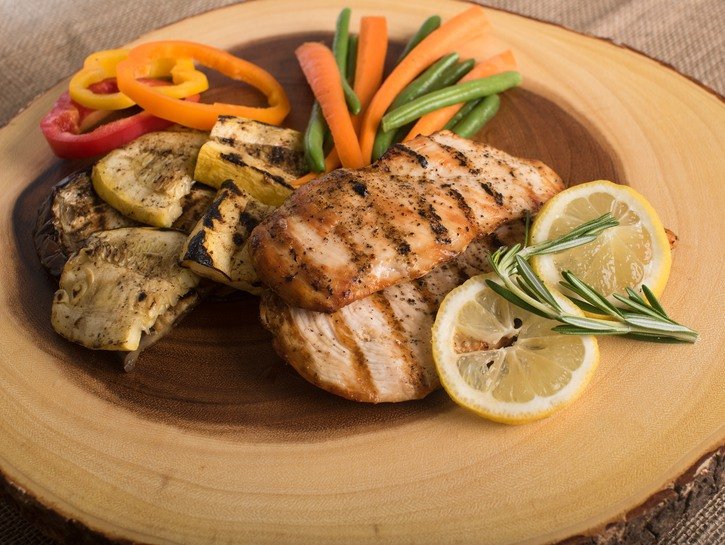Okay, so maybe you’re not the biggest fan of acidic foods, especially not at dinner time. Squeezing some lemon onto your chicken breasts or pieces of salmon doesn’t really seem like it would add too much to your meal. But, if you’ve never tried it before then there’s no time like the present! You’re right that acidity does affect your food in one way or another, but this flavor booster is enough to actually make your prepared feast a little better.
How Does Acidity Affect Flavor?

Acid does a lot of great things for your food and mouth. First, it balances out sweet or salty flavors. There are everyday dishes and snacks you’re having that combine salty and sweet perfectly; caramel corn, fries and ketchup, chicken and waffles, and even the classic peanut butter and jelly sandwich combine salty and sweet pairings to make the experience that much better. So, it’s not far-fetched to add a squeeze of lime or lemon to your savory dinners.
Dozens of dishes include acidity because it readies out palate for a tasty meal. When you’re heading into a restaurant or buffet after starving yourself all day in preparation, seeing the collection of food is enough to make your mouth water. The same thing happens when acidic foods touch your tongue. A dash of vinegar or tart tomato sauce activates the production of saliva and prepares you for a delicious dinner.
Finally, acidity adds a little something to boring dinners. Try as we may, even with a great marinade or lots of seasoning, sometimes our dinners come out bland. Tossing some lemon juice into a marinade or splashing some wine into your pasta sauce is a way to brighten things up without being too dramatic. Like it or not, the inclusion of acidic flavors is a staple of being a good chef.
What Are Some Popular Acidic Flavors?

Vinegar
There’s no way you’ve gone through life without seeing vinegar listed as an ingredient or merely tasting it in your food. Vinegar is a flavor booster that complements foods like fruits and vegetables and is also terrific in marinades as it helps break down meats. Vinegar, particularly flavored kinds like balsamic, are must-have ingredients for a good steak marinade.
Citrus
As we’ve already discussed, squeezing some fresh lemon juice onto a piece of salmon or a chicken breast brings out the flavor and turns dinner from blah to brilliant. It can also be included with side dishes like vegetables. It adds a freshness to dinner and has been used in some marinades because citrus helps in tenderizing meat.
Wine
Wine is a terrific way to build on sauces and can be added into soups and stews as well. There are tons of different wines to add to your dinners and they each have their own levels of acidity. You can play around with different wines and see which work best for your dishes.

Tomatoes
Tomatoes are a classic ingredient in many recipes like sauces, salads, soup, and pasta. The good news is that tomatoes don’t carry the same level of acidity and tartness as other fruits do. So, if you want to add some kind of acidity without anything being too dramatic than tomatoes are the way to go.
Condiments
If you’ve ever dunked your fries ketchup or drizzled them with vinegar then you’ve definitely experienced how acidic condiments complement salty foods. Of course, you can also use mayo or mustard in richer foods like burgers or hot dogs to balance things out.

Acidic additions to food add lots of flavor and are essential ingredients in a variety of foods. They complement dishes perfectly by balancing sweet and salty, they can turn your dinners into something grand, and some acidic foods like citrus and tomatoes are good for you in the long run. Don’t forget about other acidic foods you can add to your meals such as beer, pickled foods, dairy products like sour cream.
Spice things up in the kitchen with these easy and relatively inexpensive additions so your dinner can give your taste buds the delicious meal they deserve!
